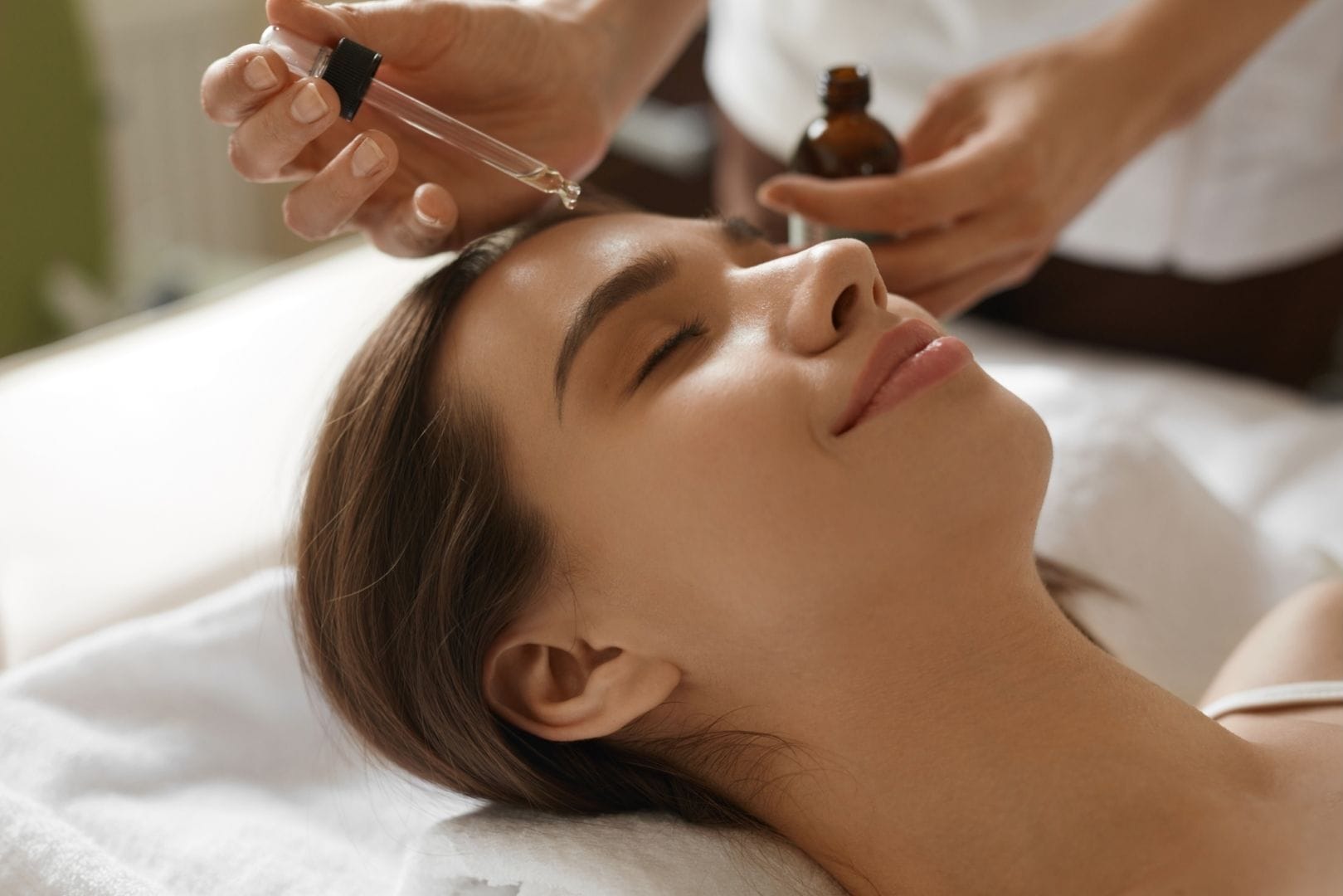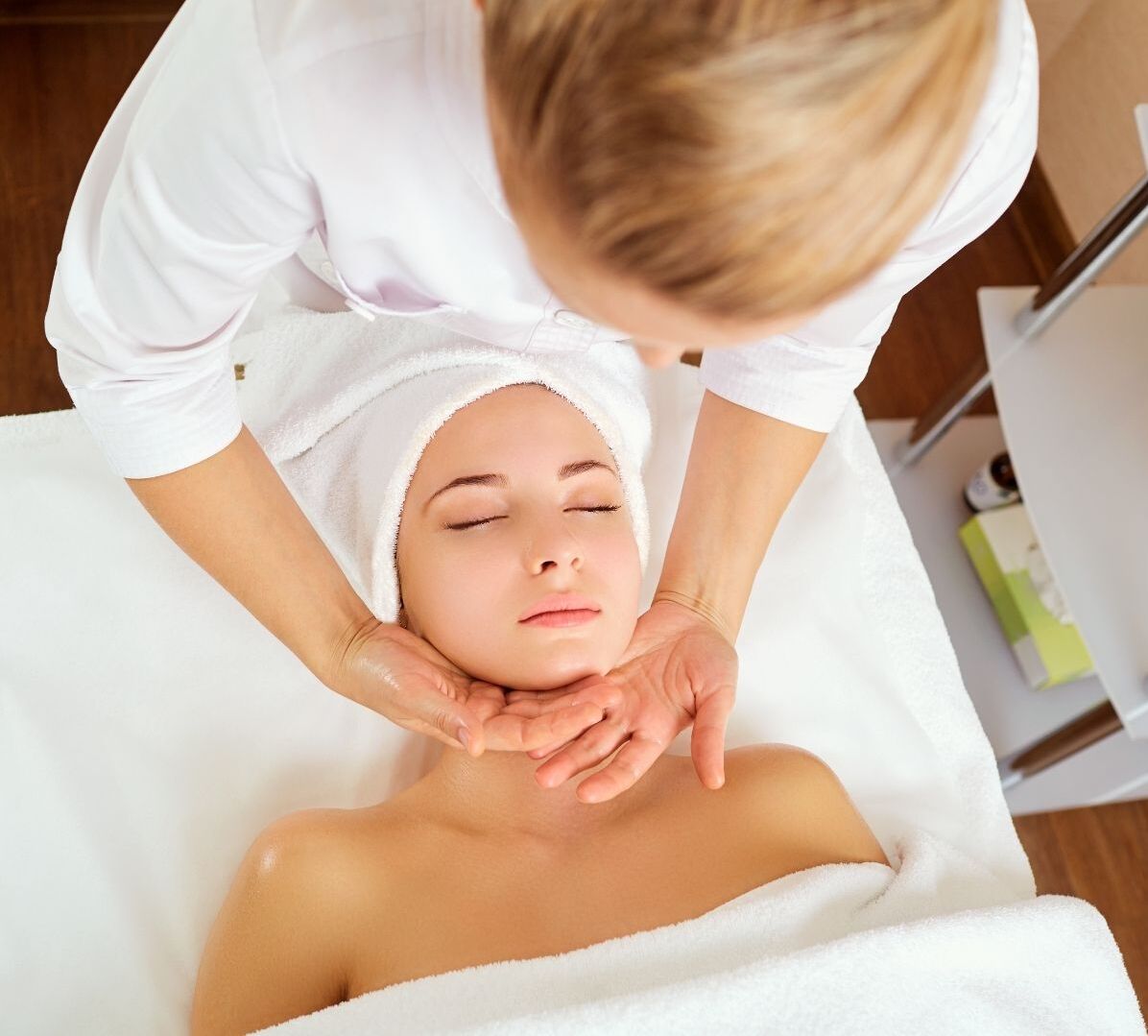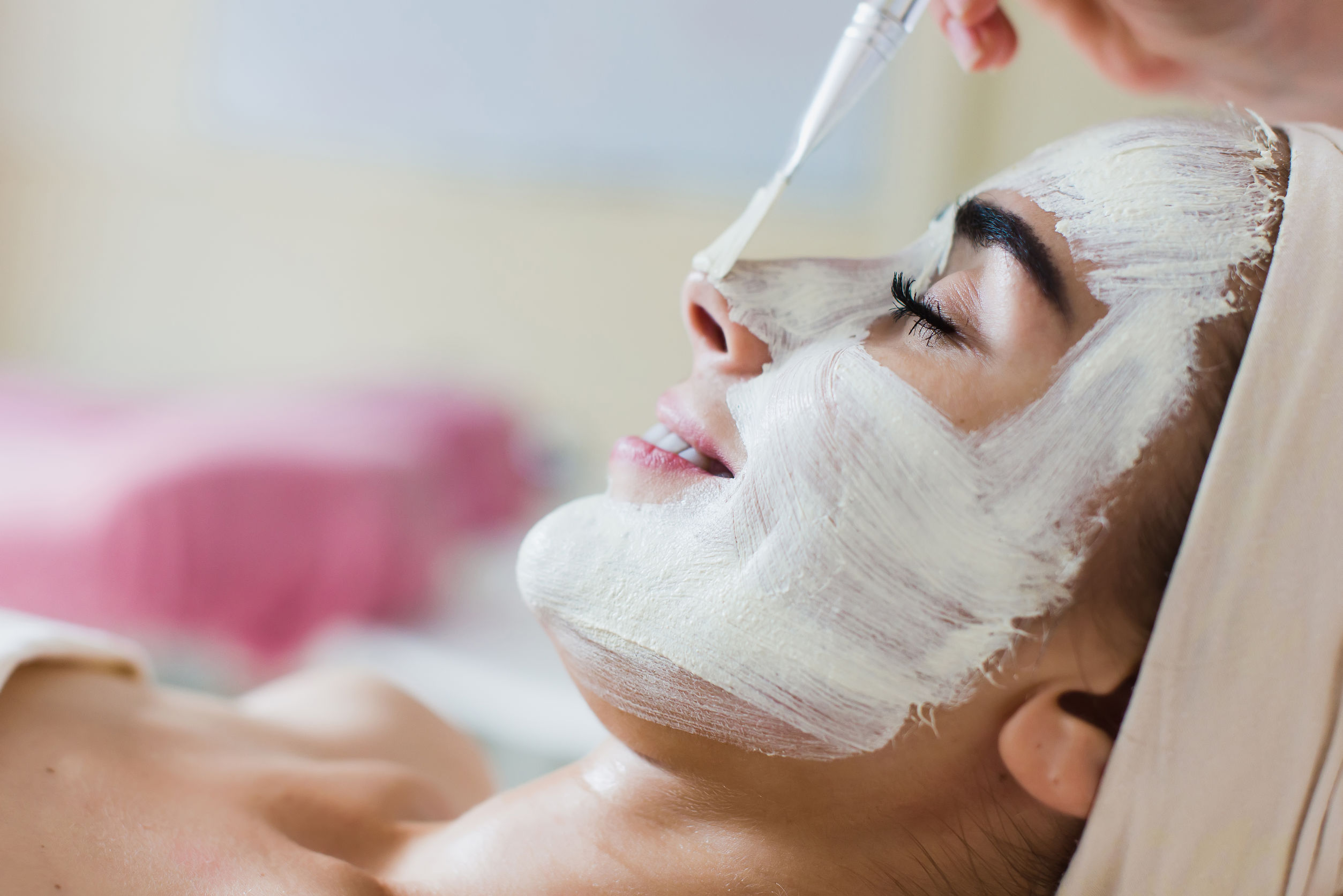
All the Facts About Vitamin A (Retinol)
Let’s cut right to the chase: Vitamin A is widely considered to be the most beloved hero ingredient in all of dermatology and skin care. Confused because you perhaps haven’t heard of it? Well, you probably have heard of retinol or retinoids, right? They’re all one and the same; retinoids are the preformed, or active, form of vitamin A.
If you’re not familiar with the amazing benefits of Vitamin A, we’re going into a deep dive on this A+ vitamin (pun intended) in this article.
VITAMIN A
TYPE OF INGREDIENT: Retinoid
MAIN BENEFITS: Stimulates the production of collagen to reduce fine lines and wrinkles, stimulates cell turnover, decreases oil production, has an anti-inflammatory effect.
WHO SHOULD USE IT: Everyone starting in their mid-20s (and even earlier if you’re battling acne), with the exception of women who are pregnant or breastfeeding. Depending on the formulation, vitamin A can potentially be too irritating for those with sensitive skin.
HOW OFTEN CAN YOU USE IT: Daily, or more specifically, nightly, once your skin has acclimated to the ingredient.
WORKS WELL WITH: Always pair vitamin A with a sunscreen, as it can make your skin more sensitive to the sun. Many formulas incorporate soothing ingredients such as chamomile, or hydrating ingredients such as hyaluronic acid with vitamin A, to help increase the tolerability of a product.
DON’T USE WITH: Alpha-hydroxy acids, such as glycolic acid, complement vitamin A’s anti-aging effects nicely, though using the two in tandem can increase the likelihood of irritation so proceed with caution.
What Is Vitamin A?
The terminology is so confusing and there’s a ton of misinformation out there, but, according to the National Institute of Health, vitamin A is the name of a group of retinoids. (So, for our purposes, let’s use the two names synonymously.) That being said, the term “retinoid” refers to three different states of vitamin A: retinol, retinal (or retinaldehyde), and retionic acid, she adds. Ultimately, they all have the same types of skincare benefits; the difference lies in the conversion process they do or don’t have to undergo in the skin in order to be effective, and subsequently how potent they are.
Retinoic acid, which is what prescription-strength products contain, is the strongest, retinols are the weakest, and retinaldehyde falls in the middle.
Benefits of Vitamin A for Skin
It’s an impressive list, for sure. Vitamin A as a skincare ingredient has been more extensively studied than any other ingredient on the market today. Retinoids were first used in dermatology in 1943. The point being, this is one tried-and-true ingredient with a long list of proven benefits and is effective both as a preventative and anti-aging option.
More of its benefits include:
Boosts skin cell turnover: Vitamin A promotes the shedding of old skin cells and stimulates the regeneration of newer, healthier, and smoother cells. Essentially, it’s acting as an exfoliant, improving both the tone (it’s great for combating hyperpigmentation) and texture of the surface of the skin.
Stimulates collagen production: Along with working on the epidermis (aka the top layer of the skin), vitamin A is unique in that it also works in the dermis, the deeper layer, where it stimulates the production of collagen. Not only does this help reduce fine lines and wrinkles, but it also improves and thickens the skin. As if that weren’t enough, it simultaneously minimizes the destruction of existing collagen and elastin, giving you even more bang for your buck.
Is an effective acne treatment: There’s good reason(s) why prescription-strength vitamin A (or retinoic acid) was first FDA-approved as an acne treatment: It helps normalize oil production and its exfoliating properties help prevent clogged pores, (as well as helps minimize the look of post-blemish discoloration if pimples do pop up). It also has an anti-inflammatory effect that eliminates redness.
Side Effects of Vitamin A
The bad news is that all of these aforementioned potent effects come with some pretty problematic potential pitfalls. Side effects include irritation, dryness, and photosensitivity, and in some cases even blistering and peeling. It is worth noting, however, that the less potent, over-the-counter retinoids also come with a reduced likelihood and intensity of side effects (at least for most people). And the good news is that these effects usually will resolve once your skin acclimates to the ingredient, a process technically known as retinization.
How to Use It
Above all else, start slowly. This is a marathon, not a sprint. More vitamin A isn’t better, and it will increase your chances of irritation, causing you to stop using it. Try using it every third night for a week or two, then increasing to every other night, and finally to nightly use. You only need a tiny amount—about a pea-size—for your entire face. Apply it onto clean skin, and make sure that you’re using gentle and mild products in the rest of your routine so as to not overwhelm your skin, at least until your skin is used to vitamin A.
Keep in mind that patience is a virtue. It will take a minimum of eight to 12 weeks in order to start to see improvements in your skin usually. Every person’s skin is different after all.
If you have any concerns or questions on how you should utilize retinol in your skin care, call Botanica and our aestheticians will gladly help you!
Love,
Gen



Leave a Reply